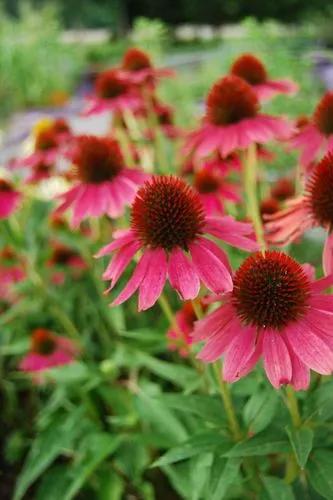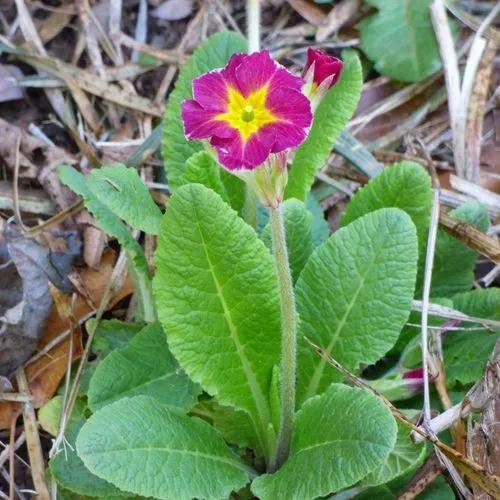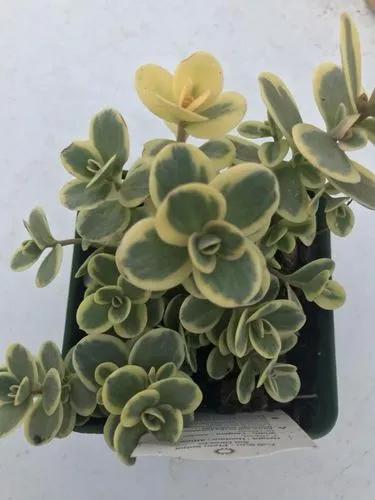Vanda coerulea orchid is a medium to large sized, warm to cool growing, monopodial epiphyte, which can reach 75-150 cm long and 50 cm wide, with very stout stems carrying coriaceous, ligulate, distichous, conduplicate, obliquely tridentate apically leaves. The leaves are 8-25 cm long and 2.5 cm wide. They are usually yellow-green, with deep grooves on the upper surface, have a bulge on the underside, and their tips are unevenly distributed. Leaves growing at the bottom fall after a few years.
Vanda Coerulescens Care
Vanda Coerulescens



How to Care for the Plant

Water

During the period of growth, during the hottest, sunny days, the roots of cultivated plants should be constantly moist, which requires several sprays during the day. In the autumn, watering should be gradually reduced.

Fertilizer

During active growth, the plants should be fertilized every week or every two weeks with 1/4-1 / 2 of the recommended dose of fertilizer for orchids. You can use fertilizers with equal proportions of NPK during almost the entire growth period or a fertilizer with a higher nitrogen content, e.g. 30-10-10, for fertilizing young plants or planting in bark. There are some growers who recommend the use of nitrogen-poor fertilizers during the late summer and autumn, and those rich in phosphorus. Low level of nitrogen in relation to phosphorus slows down the growth of new increments, but the plants strengthen before winter and have a chance for better flowering in the next season.

Sunlight

Vanda coerulea orchid needs a light level of 30000-40000 lux. That plants grow well in almost full sun. However, in a natural habitat, a large cloud cover causes a significant reduction in the amount of light reaching. This suggests that cultivated plants should be slightly shaded in the afternoon hours in the summer. Strong air movement should be ensured all the time. Long, dark green leaves indicate too little light. Too much light causes the leaves to be short, pale, yellow-green and not fully unfold.

Soil

Plants are usually grown in hanging pots or slatted baskets, filled with loose, coarse-grained, quickly drying ground. Sometimes plants are grown with only a small amount of airy substrate, such as charcoal, wine corks or large pieces of bark of cork oak, so that only keep the plants in the right position. Roots should be allowed to grow and not be cut to give the plant an orderly appearance.

Temperature

The Blue Vanda is a plant with moderate thermal requirements. In summer, the average daytime temperatures are 24-25 ° C and the night 18 ° C, with an amplitude of 6-7 ° C. In spring, the average day temperature is 27-29 ° C, night 16-17 ° C, with a daily amplitude of 13-18 ° C. In winter the average day temperature is 22-24 ° C, the night 7-8 ° C, which gives a daily difference of 13-16 ° C. In crops in Chiang Mai (Thailand) plants adapt to winter temperatures around 6 ° C higher than it is due to climatic data.

Popularity

13 people already have this plant 3 people have added this plant to their wishlists
Discover more plants with the list below
Popular articles






